

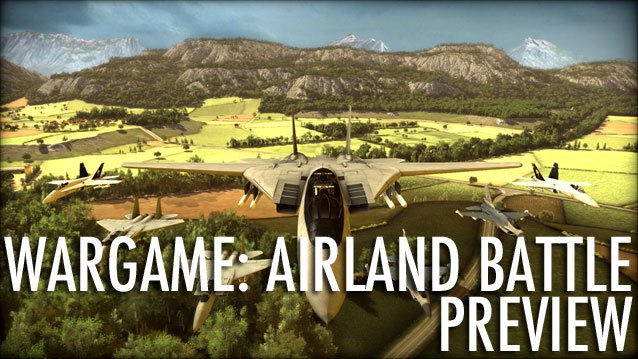
My relationship with real-time strategy games is somewhat mixed. As much as I love commanding their armies, from Command & Conquer to Homeworld and Starcraft, I've never been very fast with my fingers. I just can't build armories and mine metals as quickly many other players, and so my matches often end in defeat. Losing as much as I have can be frustrating. As many of them as I play and as hard as I try, I've come to accept that I'm not very good at the genre.
But every so often a game comes along with a tighter focus. Wargame: AirLand Battle is the latest such title, developed by Eugen Systems as a sequel to early 2012's Wargame: European Escalation. Rather than an emphasis on base building and resource gathering, those mechanics have been stripped away in favor of the second to second, minute to minute tactics of combat. It's a focus I greatly enjoy - particularly because it grants me the possibility of victory - and Eugen manages it with aplomb.
A multiplayer beta is currently available preceding the May 22nd release, and so I dove back into a Cold War turned hot after having been away from the series for more than six months. It didn't take long to get reacquainted, as the core of the game hasn't changed dramatically, but its new additions alter the pacing and even the makeup of the battlefield. After all, you can't have AirLand Battle as your subtitle without the inclusion of additional aircraft, specifically planes.
As with its predecessor, each player has a starting pool of resource points that they use to select units of their choice from pre-configured or customized decks. Every unit has a cost associated with deploying them, of course, and there are several categories all with different capabilities, strengths and weaknesses. A small amount of resource points is returned about every five seconds, with more being gained through the capturing of zones and the destruction of enemy units. Captured zones also earn players additional deployment lanes closer to the fronts.
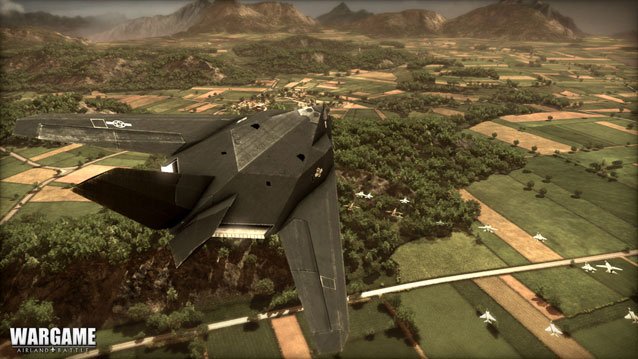
And capturing zones and destroying enemy units is vital in the beta's two multiplayer game modes, Destruction and Economy. The former is all about earning a set amount of victory points through the destruction - hence the title - of enemy units. A captured zone may not add to that total, but the extra resource points and deployment lanes can allow a team to get reinforcements to the battle faster and in greater numbers. Economy, on the other hand, is all about hoarding resource points to reach a set amount in order to win.
Focusing the action on the battlefield and the units themselves is actually quite freeing.Focusing the action on the battlefield and the units themselves is actually quite freeing. Speed isn't quite as important, but that doesn't mean the game isn't challenging. In fact, Wargame is one of the more tactically stimulating real-time strategy games I've played in quite some time.
A large part of that is its attention to detail. There are hundreds of units to deploy, ranging from logistics, reconnaissance, infantry, tanks, anti-tank, artillery, anti-air, helicopters and planes. AirLand Battles has added four new nations to the mix - Canada, Denmark, Norway and Sweden - up from the original eight in European Escalation, bringing the total number of units between the NATO and Warsaw Pact factions to over 750. That's a lot of toys to play with.
However, it's more than just the choice of how to build one's deck. The Wargame series is very technical. Its soldiers and vehicles are represented realistically, with a large variety of armaments, strengths, weaknesses and statistics. For example, every unit has different ratings for the range of their weaponry, accuracy, damage against armored and non-armored targets, rate of fire, hit points, size, locational armor values, terrain and road speeds, chance of being detected, and even ammunition and fuel capacity.
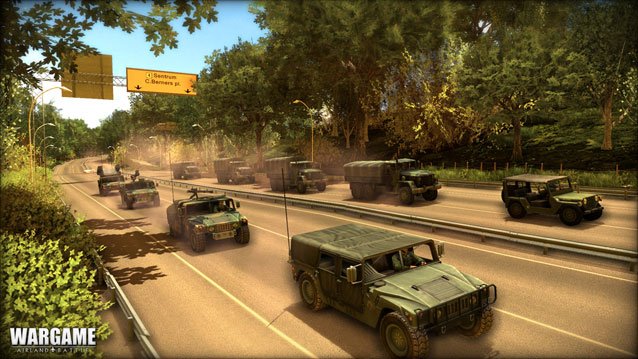
Ammunition and fuel are particularly important, because it's entirely possible to run out of both in the middle of combat. I therefore had to keep a steady supply line to my forces, lest they get stranded or unable to return fire. But recon units - something we may take for granted in other games - are the true key to victory. Most of the heavy hitters don't have particularly strong optics, and thus can't attack what they can't see. I've had many battles turned - against me and for me - because of a lost pair of binoculars on the ground or in the sky.
In fact, fielding a diverse army, positioning and managing it properly are all critical for each engagement. Leaving units outside of cover is a recipe for disaster, though dense terrain can also untrack them. And without proper support, morale can falter and lines can crumble. A heavy line of tanks is an imposing sight, but will rout just as easily as any other unit under attack from aircraft fire if not backed up by anti-aircraft batteries.
But what about AirLand Battle's biggest change to the formula, the addition of planes? Its fighters and bombers are expensive, fast moving vehicles that can get in and out of enemy territory quickly, delivering destructive blows to targets. Helicopters in European Escalation had their own strong bite, but they weren't too troublesome. They were much slower and had to land when they weren't given an objective. Jets, on the other hand, don't have those restrictions, making anti-aircraft units far more important than they've ever been. The battlefield is now a more terrifying and chaotic place.
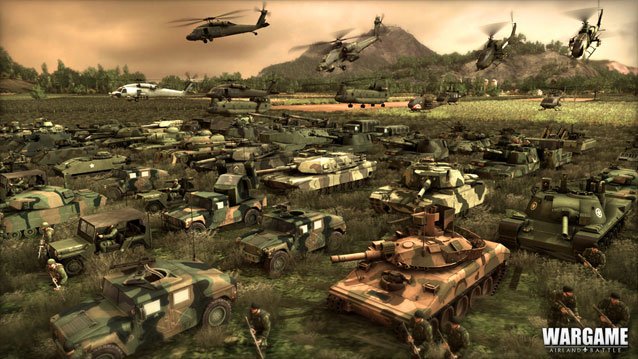
Thankfully, that chaos is also beautiful, even if I am on the receiving end of it. Wargame: AirLand Battle is absolutely gorgeous, rendering exquisite detail from every vehicle to blade of grass. Pilots can even be seen inside the cockpits of planes. And yes, it's possible to zoom in close enough to see them. The camera can go as far down to see the field from a soldier's point of view or as high up to maps that stretch kilometers. Watching artillery fire stretch across its length to set forests on fire and turn the ground into smoldering craters is wholly impressive. The sequel's new engine also allows those maps to be larger than ever, with mountains to contend with and improvements to the placement of units within towns that make battles about their streets a more engaging affair.
To cover everything in Wargame's repertoire would take hours, but suffice to say it's an armchair general's dream.To cover everything in Wargame's repertoire would take hours, but suffice to say it's an armchair general's dream. Every unit is more than just a simple pawn to be commanded, and simply having a larger force won't always lead to victory. A "zerg rush" can easily be defeated through the tactics of cover, positioning, and careful strikes.
Its technical nature is both a blessing and a curse, however. It's not an easy game for new players. In particular, its interface isn't exactly helpful at a glance when it comes to the specifics of each unit. Their list of statistics is quite long and written in military shorthand. CORR, STAT, KE, F&F won't mean much to the layman, and mousing over them for a description isn't possible unless in the armory or deck customization screens. I was starting to get flashbacks of my time in Dota 2 as a terribly useless player. There's so much going on when it comes to army composition, the rock-paper-scissors aspect of the strengths and weaknesses of every unit, sight lines, fuel and morale that it's easy to become overwhelmed. But unlike a MOBA's community, Wargame's is mature and helpful. If they were seething with rage at their flanks collapsing due to my ineptitude, they kept it to themselves.
From my time in the multiplayer beta, Wargame: AirLand Battles comes across as the perfect experience for those who want something more realistic than other real-time strategy games, as well as those who prefer tactics in battle over the rate of their clicks. I absolutely love it for its intelligence and beauty. It's still not an easy game to play without dedication, however, but I had no regret spending that time to re-familiarize myself with the series and I'm eagerly awaiting the full game to see even more of what it offers.


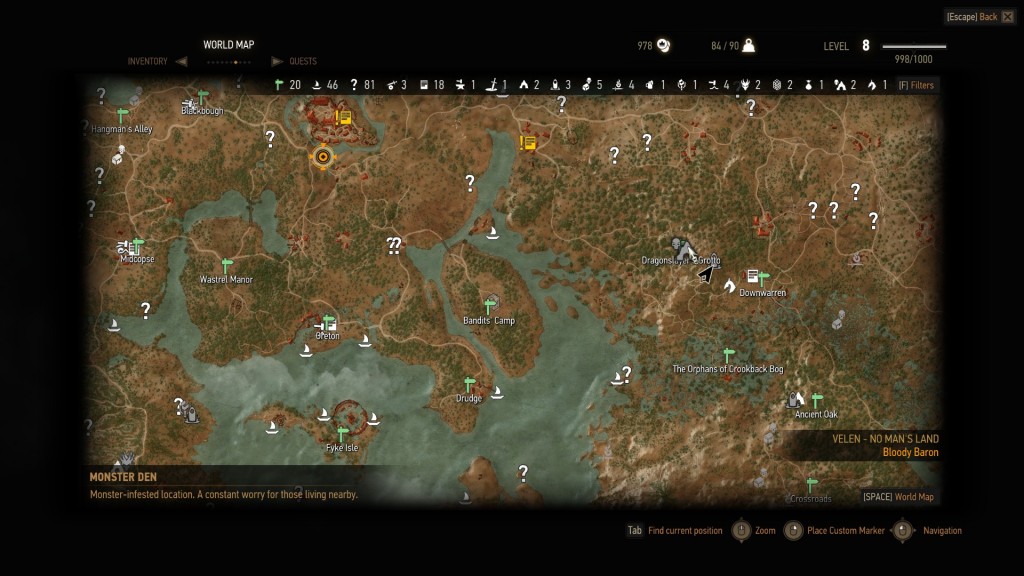
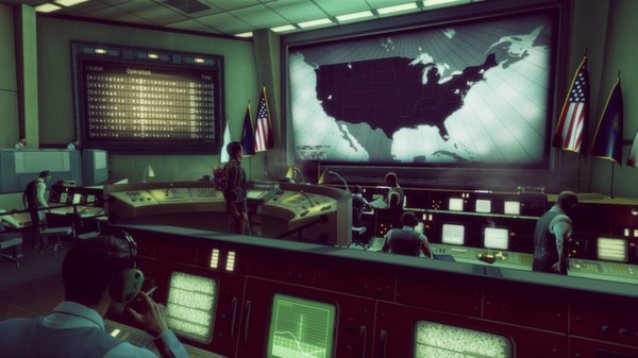
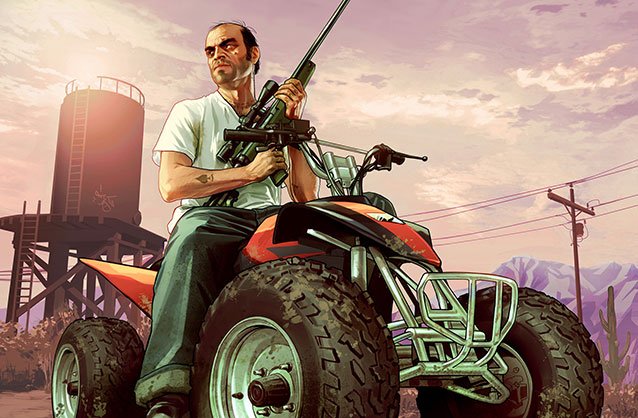 Grand Theft Auto 5s Trevor is Florida Man
Grand Theft Auto 5s Trevor is Florida Man 9 Key Ingredients of a Successful YouTube Channel
9 Key Ingredients of a Successful YouTube Channel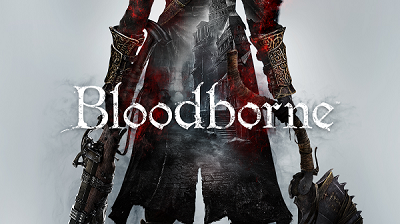 Bloodborne Saw Cleavers Bonus Damage Mythbusters: More Damage to Grotesquely Transformed Beasts, Not All
Bloodborne Saw Cleavers Bonus Damage Mythbusters: More Damage to Grotesquely Transformed Beasts, Not All Who Has The Most Dangerous Job? Turns Out, It's Santa
Who Has The Most Dangerous Job? Turns Out, It's Santa Watch Dogs Easter Eggs and Hidden Secrets
Watch Dogs Easter Eggs and Hidden Secrets